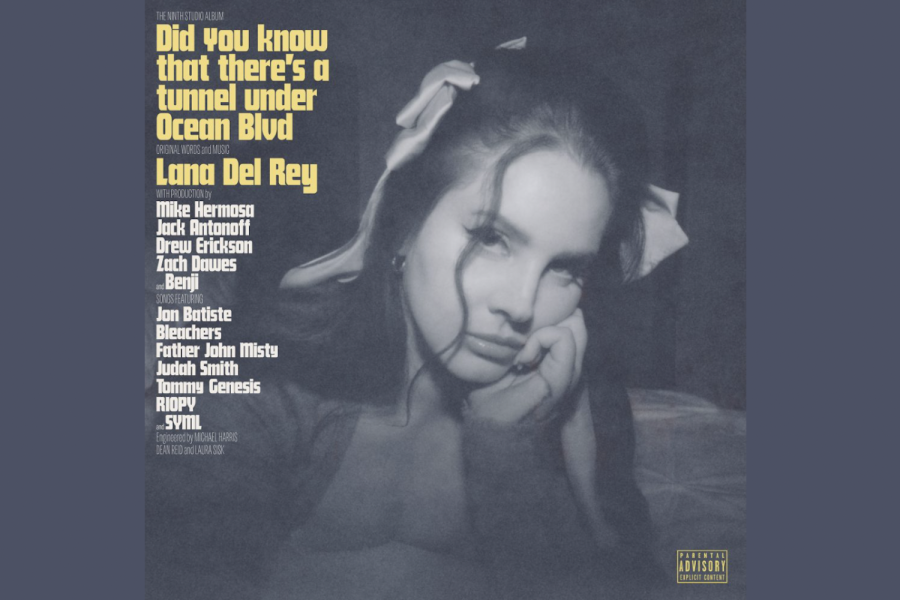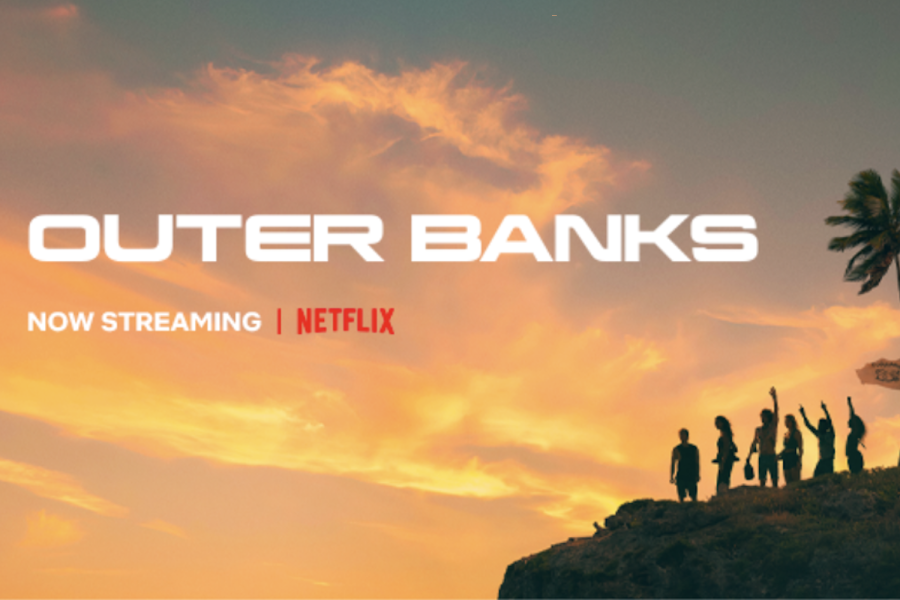“We’re the Pogues, and our mission this summer is to have a good time, all the time.” This line is said by 16-year-old protagonist John B. Routledge in the first episode of the first season of “Outer Banks,” setting the tone for the series as an adventure mystery geared toward teenage audiences. The show follows five teenagers – who call themselves “the Pogues” – and their pursuit of hidden treasure, as they run from the law while the local community begins to chase after the same fortune. As the seasons went on, despite their initial goal, they weren’t exactly having a good time all the time.
The third season of “Outer Banks” was released on Netflix Feb. 23, over a year after the season two premiere. The series, comprising 10 episodes per season, has become one of the most popular shows among teenage viewers and garnered 99 million viewing hours in the first two weeks, according to Forbes. This season was met with much excitement and anticipation, yet many writing choices did not do the series justice.
One of the major issues I had with the season was the addition of characters such as John B’s father, Big John. I found his character annoying, wholly treasure-obsessed and insufferable. It was hard to understand why he returned in the first place, as many of the protagonist’s motivations hinged on his lack of a father figure. Bringing back Big John negated much of John B’s character development, and it seemed like the surprise factor of this reveal was lost. Honestly, the plot was stronger when Big John got kidnapped because there was more of a focus on the Pogues and less on Big John’s obsessive tendencies.
As the seasons go on, the show revolves less around the characters and more on the treasure itself. The mystery of the merchant gold started the first season, bringing the characters together and giving them a common goal and direction. Then, the Pogues started to look for the Cross of Santo Domingo, a magical healing shroud, the lost city of El Dorado and finally a new treasure of Blackbeard’s ship was introduced to set up the fourth season.
Introducing a different treasure trial every time the plot slows, only to subsequently write it off again, is not an engaging way to hold viewers’ attention.
The focus was centered on external factors, from lost fortunes to an increasing range of villains, instead of character development and relationships, which was a major selling point. Introducing a different treasure trial every time the plot slows, only to subsequently write it off again, is not an engaging way to hold viewers’ attention. I felt the drama between the characters was far more entertaining, and season three should have focused more on that aspect.
The final episode culminated with an 18-month jump into the future. The protagonists were surrounded by their community and their families, many of whom didn’t originally support them in their hunt for treasure. This bold creative choice managed to bring everybody back together and end the season on a happy note. On the other hand, many loose were left untied after the time jump. For example, we were not able to see how JJ and Kiara, or Pope and Cleo’s relationships unfolded. Viewers were left with little to no information about how the Pogues got back to their families. Not to mention, some key characters such as Wheezie, Limbrey and Rafe are not featured in the last episode at all, leaving their storylines unresolved.
Aside from the questionable aspects of the latest season, “Outer Banks” remains a classic. The appeal is evident as it continues to be engaging with its captivating storyline and aesthetic appeal. At its heart, it is a feel-good show about a lively group of friends. The best moments throughout the season were those where the Pogues were just being themselves and enjoying each other’s company – an element I wish had been included more. It also emulates an appealing lifestyle of traveling with your friends, living by the ocean and skipping school. The show represents a freedom that most people don’t have and a summertime nostalgia many yearn for.
According to Cosmopolitan, “Outer Banks” has already been confirmed for a fourth season, although the release date and timeline are not currently known. I was excited to watch the third installment and continue to hold high hopes for the fourth season. Despite its shortcomings, “Outer Banks” remains a carefree, light watch mixed with tons of action and relationship drama. It’s perfect for anyone who loves mysteries and wants an early taste of summer.





